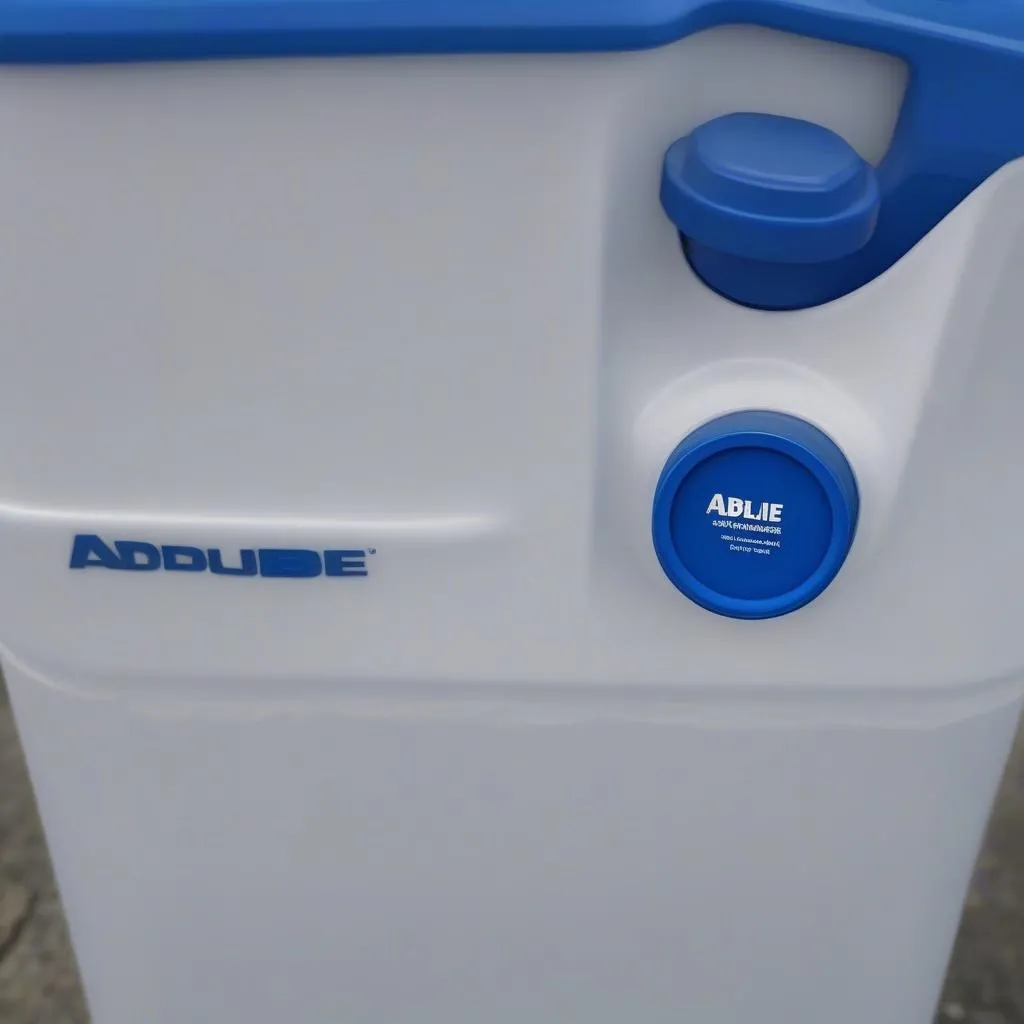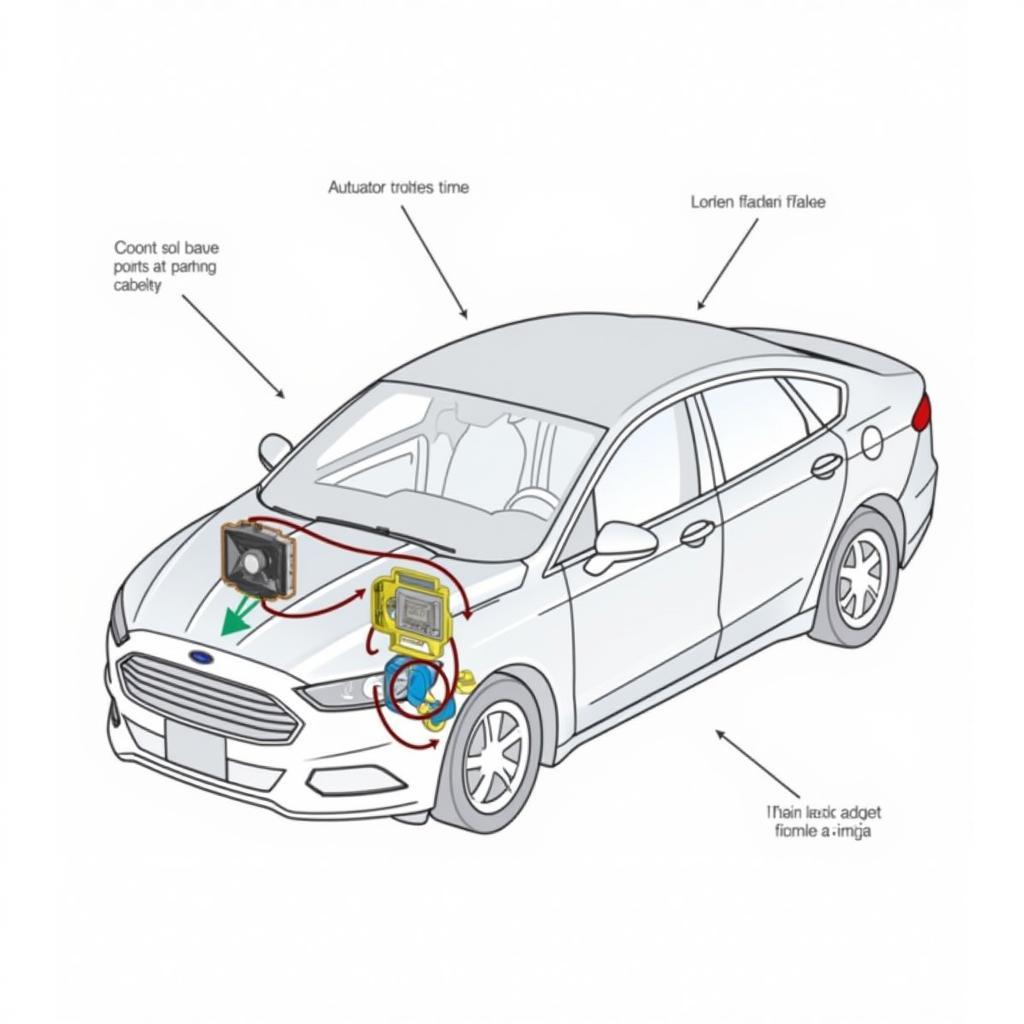If you’re driving a 2006 Mercedes-Benz CLS 500 and see a brake warning light on your dashboard, don’t panic. While it’s crucial to address any potential brake issues immediately, sometimes this warning light can be triggered by minor glitches or after routine maintenance.
This comprehensive guide will walk you through the possible reasons behind a 2006 CLS 500 brake warning light and provide a step-by-step approach to help you reset it.
Understanding the Brake Warning System in your 2006 CLS 500
Your Mercedes-Benz is equipped with a sophisticated electronic system designed to monitor various components, including the braking system. When the system detects an anomaly, it illuminates the brake warning light on your dashboard to alert you of a potential issue.
Common Causes of a Brake Warning Light
Before attempting to reset the warning light, it’s essential to understand what might have caused it in the first place. Here are some of the most common culprits:
- Worn Brake Pads: Brake pads have a finite lifespan. As you use your brakes, the friction material wears down. Once it reaches a certain threshold, the brake pad wear sensor will trigger the warning light.
- Low Brake Fluid: Brake fluid is the lifeblood of your braking system. If the fluid level is low, it could indicate a leak, which needs immediate attention.
- Faulty Brake Light Switch: Your brake lights and brake warning system are often linked. A malfunctioning brake light switch can confuse the system and illuminate the warning light.
- ABS Sensor Issue: The Anti-lock Braking System (ABS) relies on sensors to function correctly. A faulty or dirty ABS sensor can also be the reason behind the warning light.
How to Reset the Brake Warning Light on a 2006 CLS 500
Important: Before attempting any reset procedure, ensure the underlying issue triggering the warning light has been resolved. If you’re unsure, it’s always best to consult a qualified Mercedes-Benz technician.
If you’ve addressed the underlying issue or believe the warning light is on due to a minor glitch, you can try the following reset method:
- Turn the ignition key to the “on” position without starting the engine. This will power up the vehicle’s electrical system.
- Locate the reset button for the brake warning system. In the 2006 CLS 500, this button is usually located under the dashboard on the driver’s side.
- Press and hold the reset button for 5-10 seconds. You might hear a chime or see the warning light blink, indicating the system is resetting.
- Release the button and turn off the ignition.
- Wait a few minutes, then restart the engine. The warning light should be off.
When to Seek Professional Help
While the reset procedure outlined above can be helpful, it’s crucial to remember that it’s not a permanent solution if there’s a genuine problem with your braking system.
If the brake warning light persists or reappears after resetting, it’s crucial to seek professional help immediately. Driving with a malfunctioning brake system can be extremely dangerous.
“Ignoring a brake warning light is like ignoring a flashing ‘danger’ sign,” says master Mercedes-Benz technician, John Davis. “It’s always best to err on the side of caution and have a professional diagnose the problem.”
Tips to Prevent Future Brake Warning Lights
Here are some proactive measures you can take to minimize the chances of encountering brake warning lights in the future:
- Adhere to the recommended brake pad replacement schedule. Your owner’s manual will provide guidance on when to replace your brake pads based on your driving style and conditions.
- Regularly check your brake fluid level. You can easily do this by locating the brake fluid reservoir under the hood and ensuring the fluid level is between the minimum and maximum markings.
- Schedule routine brake inspections. During a routine service, a qualified technician will thoroughly inspect your brakes, identifying potential issues before they escalate.
Conclusion
Addressing a brake warning light on your 2006 CLS 500 promptly is vital to ensure your safety and the longevity of your vehicle. While minor glitches can sometimes trigger the warning light, it’s crucial to investigate the root cause and seek professional assistance if needed. By staying proactive with your brake maintenance and understanding the warning signs, you can confidently hit the road, knowing you’re prioritizing your safety.


